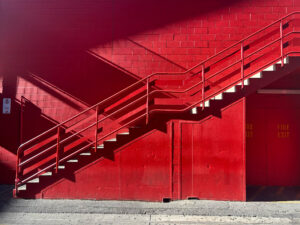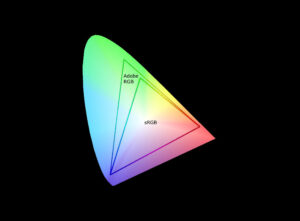When it comes to capturing colour images, photographers have two main options: colour negative film and slide film. Each type of film has its own advantages and disadvantages, and the choice between them will depend on the specific needs and goals of each photographer.
Advantages of colour negative film:
Versatility
One of the biggest advantages of colour negative film is its versatility. The negative film can be used to produce a wide range of prints, from small snapshots to large enlargements. Additionally, negative film can be scanned and digitally manipulated, giving the photographer greater control over the final image.
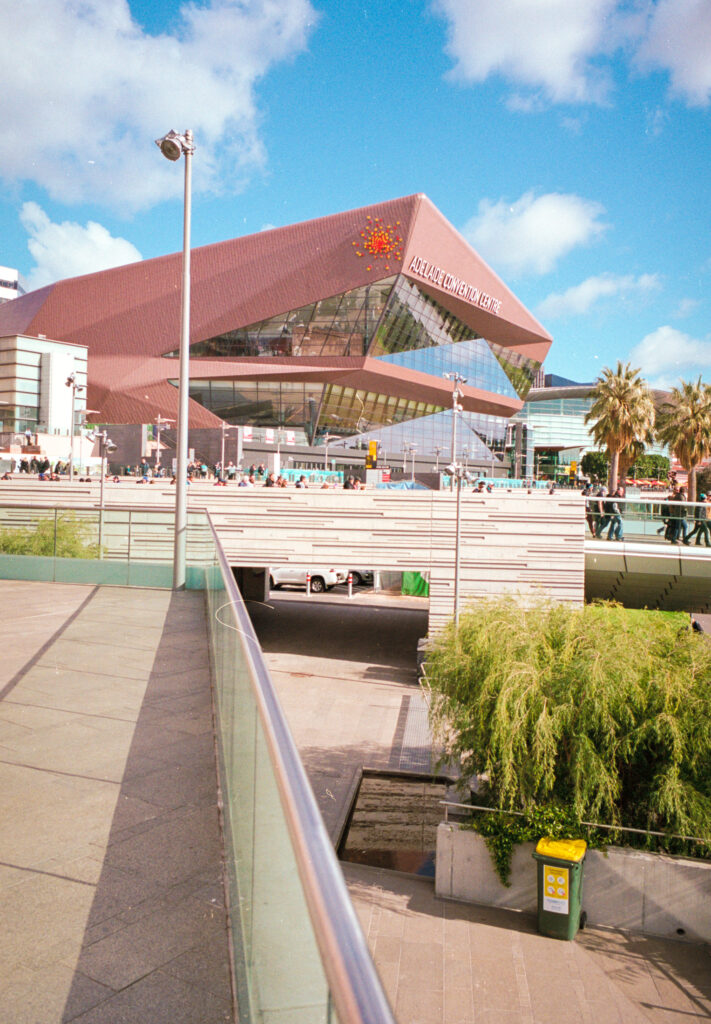
Forgiving nature
Negative film is also more forgiving than slide film, as any variations in the processing steps can be corrected in the printing process. This means that colour inaccuracies and other image quality issues can often be corrected, making it a more accessible option for beginner photographers.

Affordable
Negative film is generally more affordable than slide film, making it a more budget-friendly option for photographers who are just starting out or who are looking to keep their costs down.
Editing
You have seriously high dynamic range with most colour negative films, so your flexibility for editing is great.
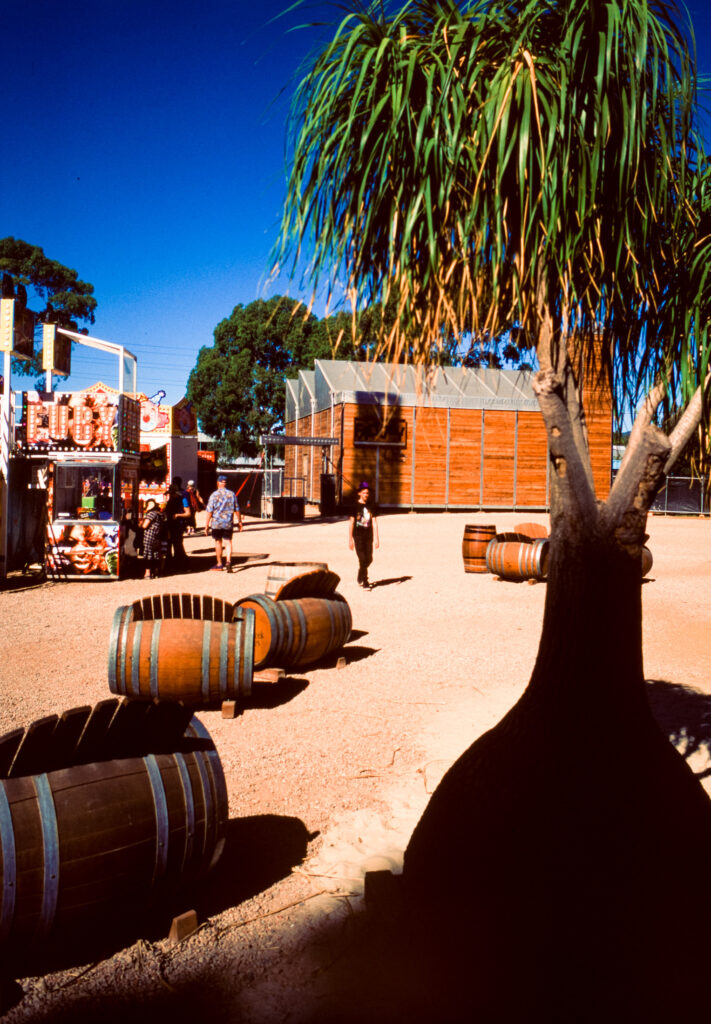
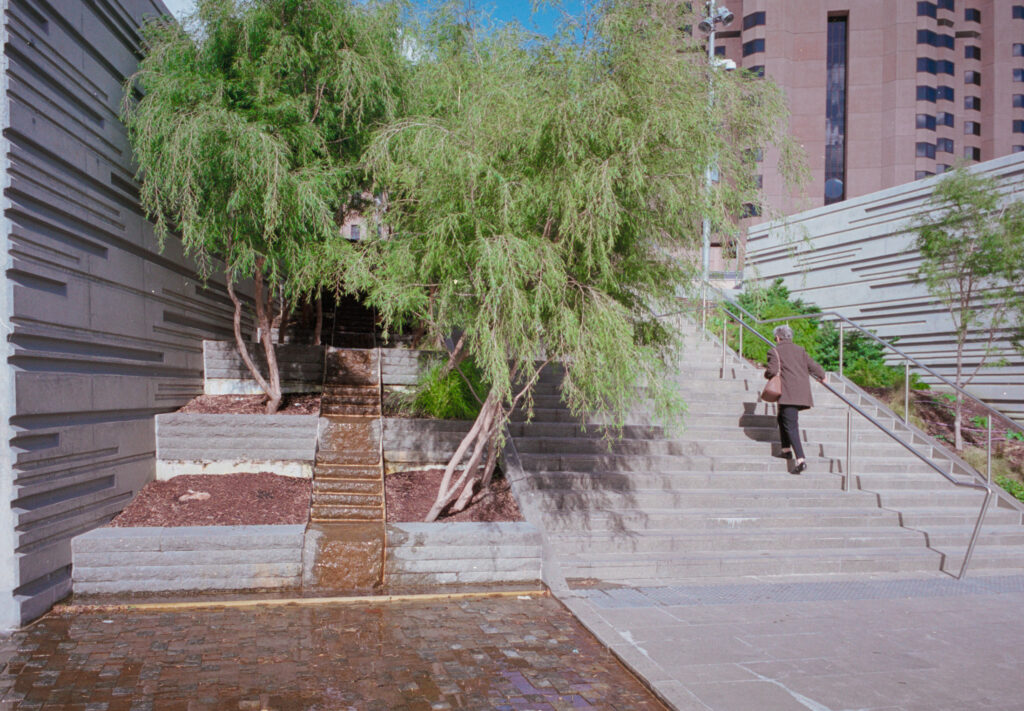
Compare these 2 images, see how the shadows are totally crushed, black with no details you can recover later in editing with the slide film?
Advantages of slide film
Superior colour quality out of camera
The main advantage of slide film is its superior colour quality and accuracy. Slide film captures the colours and tones of the scene exactly as they were when the photograph was taken, which makes it ideal for photographers who want to create high-quality images with accurate colour representation. Note I say ‘out of camera’ you need to nail everything in camera to get the quality advantages of slide film.

Improved contrast
Slide film also has a higher contrast range than negative film, which can result in images that have greater detail and more vivid colours. This makes it ideal for landscapes and other scenes with a wide range of tonal values.
Enhanced sharpness
Slide film also has a sharper image than negative film, which is due to the absence of the intermediate printing stage. This makes it ideal for photographers who want to produce images with a high degree of sharpness and detail.
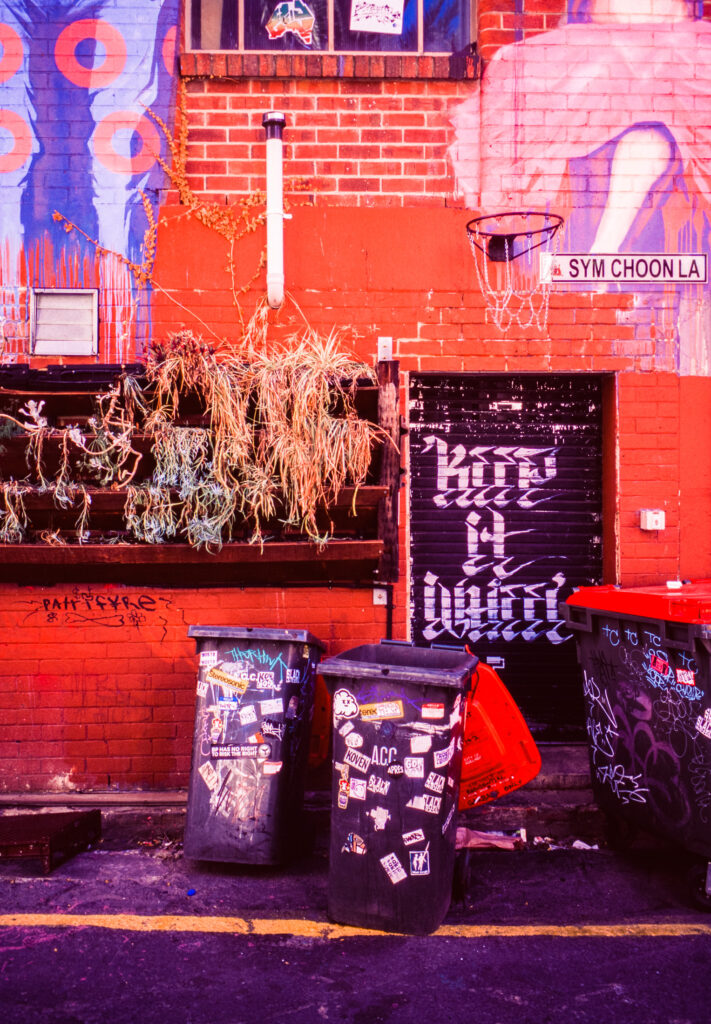
Disadvantages of colour negative film
Reduced colour accuracy
While colour negative film is more forgiving than slide film, it still has some limitations when it comes to colour accuracy. This is due to the fact that the final positive print is made from the negative, and any colour inaccuracies in the negative will be amplified in the final print.
Decreased image quality
Negative film also has a lower image quality compared to slide film, as it has a wider grain structure and is more prone to noise and other image quality issues. This can result in images that lack detail and have a lower overall sharpness.

Remember that Sharpness vs Detail are very different things in photography. It an image is over contrasted and over sharpened, you loose discernible details. So where is the advantage in that?
Disadvantages of slide film
Increased cost
Slide film is generally more expensive than negative film, making it a more costly option for photographers who are just starting out or who are looking to keep their costs down.
More demanding development process
The development process for slide film is also more demanding and requires a higher degree of precision and control, as any variations in the processing steps can result in colour inaccuracies and loss of image quality.

Not very forgiving if you get things wrong
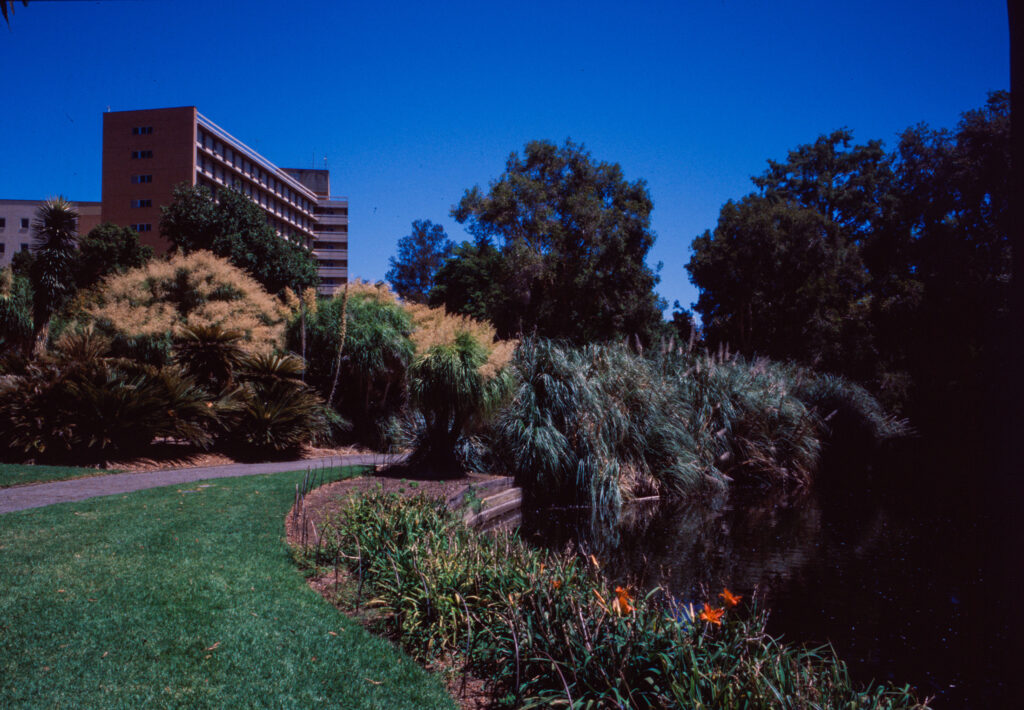
See how I underexposed this image? If it was negative film I’d be able to recover it and hide my mistake. Can’t do that with slide film.
In conclusion, both colour negative film and slide film have their own advantages and disadvantages, and the choice between them will depend on the specific needs and goals of each photographer. Negative film is more versatile and offers more flexibility, while slide film is ideal for photographers who want to produce high-quality images with accurate colour representation. Ultimately, the decision to use colour negative film or slide film will come down to personal preference and the specific requirements of each photography project.

